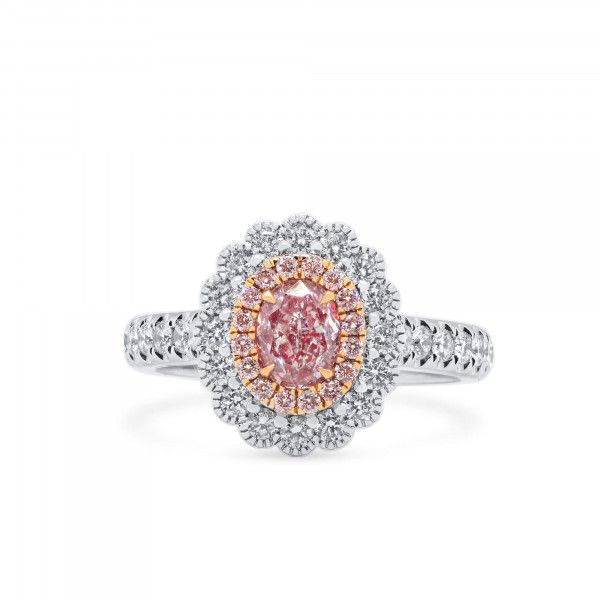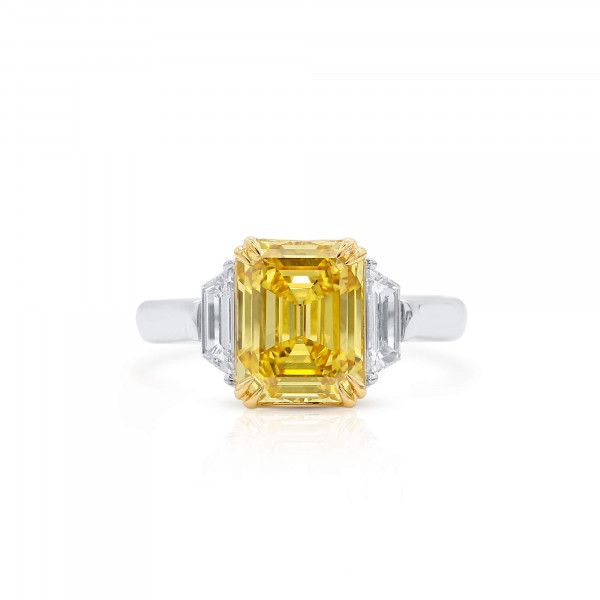The cut of a diamond is arguably the most important factor when it comes to whether or not the diamond looks bigger. The cut of a diamond refers to the proportions, symmetry and polish of the stone. Cut does not refer to shape or size. For example, you can have a round brilliant cut with an elongated shape (like Princess Diana's engagement ring), and it will still look bigger than a cushion cut.
A diamond's cut is also critical to its overall beauty and value. The quality of a diamond's cut is judged by how well the stone has been proportioned and how successfully it has been faceted. A diamond that has been expertly cut will reflect light brilliantly and sparkle with fire, while a poorly cut diamond may appear dark and dull.
When assessing the quality of a diamond's cut, Gemologists consider three factors: brightness, fire, and scintillation. Brightness refers to the overall light that is reflected from a diamond, while fire refers to the rainbow of colours that are seen when light enters and exits the stone. Scintillation is the sparkle or flash that is seen when a diamond moves.
Diamond Shapes: Which One Looks the Biggest?
Round Cut
One of the best choices is a round cut, which is a timeless and popular design. Despite its small size, it appears quite large due to its intense brilliance. In comparison to some of the other shapes we've mentioned, round diamonds do not appear as large. The shapes we'll discuss below are considerably larger than these, however. Round-cut diamonds are definitely the way to go if you absolutely love them! They're gorgeous! You can, however, find better options if making the diamond look as large as possible is your goal. In addition, round cuts are more expensive than some not-so-popular shapes since they are in high demand.










